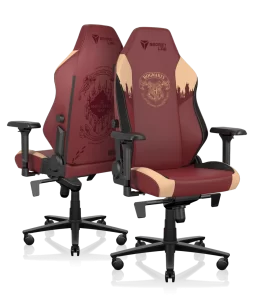The First of Seven: What Do “Cuckoo’s Calling” and “Sorcerer’s Stone” Have in Common?
The third book in Robert Galbraith’s series is confirmed to be coming out this year. So let’s have a look at the first in the series, Cuckoo’s Calling, and its Harry Potter counterpart, Harry Potter and the Sorcerer’s Stone.
The Structure:
It is obvious from Harry Potter that J.K. Rowling writes detective novels. The Harry Potter books have always followed the structure of “whodunnit”s although in the later books they were more “howdunnits” than “who.” So it wasn’t exactly a surprise when J.K. Rowling was discovered to be the author of a new critically acclaimed detective novel.
The Characters:
The protagonist, Cormoran Strike, isn’t a replica of Harry Potter, but he possesses the same inclination toward action, the same logical mind, and the same moral backbone – basically, the same “saving people thing.” He also has distinctive Hagrid-like traits – like Hagrid he is physically huge, and interestingly his name is the name of a Cornish giant.
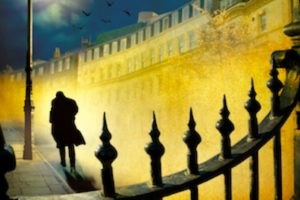
Robin, Strike’s assistant, possesses very Hermione-like qualities— she has “more initiative and better punctuation” than any other assistant Strike has ever had. But Hermione isn’t her closest doppelganger. She has a more obvious longing for adventure and a little less ambition— in fact, she is much more like Ginny Weasley.
Orphans have featured in all of J.K. Rowling’s books— in these two, they are Lula Landry and Harry Potter. In Cuckoo’s Calling Lula discovers her birth family, while Harry in Sorcerer’s Stone learns about his own parents for the first time. Both are raised with a certain image of themselves, and in both books, that image is questioned – Harry, through the world of magic, and Lula, through the world of fame and riches.
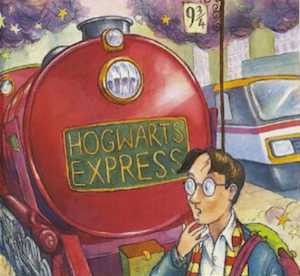
Fame:
J.K. Rowling has a few common themes that crop up in her writing – one of them being fame. Harry grapples with fame in Sorcerer’s Stone for the first time – the Leaky Cauldron patrons all shaking his hand, Ginny Weasley’s awe in finding out who he was, and the whispers that followed Harry throughout his first weeks at Hogwarts.
The plot line of Cuckoo’s Calling focuses on fame, too, although it is the inverse of Sorcerer’s Stone. Cormoran Strike, rather than discovering his own fame like Harry, is pursuing other people’s obsession with it. Cormoran is not fascinated by fame; he has had a taste of it already since his father is famous, and he feels quite dispassionate about it.
It is a marvellous parallel to JK’s life – with Harry Potter she was introduced to fame and the madness that comes with it. By the time she wrote her first Strike novel, you can imagine that her attitude toward fame would have become the same as Strike’s.
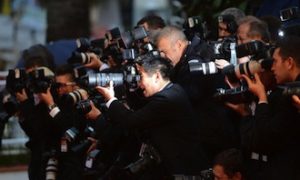
Veterans:
War veterans crop up over and over again in J.K. Rowling’s books. Pretty much all of the adults in Harry Potter were veterans of the first Wizarding War – the most obvious being Mad-Eye Moody.
Cormoran Strike is an Afghan war veteran, and he has significant Mad-Eye-like traits. He is a consummate survivor like Mad Eye, they both have sustained war injuries – both of them have a peg leg, and they both suffer from some form of PTSD.
In fact, Robert Galbraith’s fictional biography stated he was a war veteran, although this was more to maintain Rowling’s secrecy than anything else.
Death:
J.K. Rowling’s self-confessed obsession with death is also on show in Cuckoo’s Calling. Once again, her Strike novels are the inverse of Harry Potter. Instead of the books centering on someone bent on escaping death, they center on those who have succumbed to it.
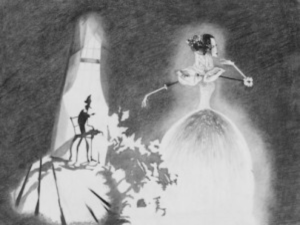
Unlike Casual Vacancy – which had too many characters and too many themes — the Strike series, although not Harry Potter, showcases Rowling at her best. Once again her talent for constructing complex and detailed story lines, replete with red herrings and empathetic characters that she was so adept at wielding in Harry Potter, is displayed in Cuckoo’s Calling. Like Sorcerer’s Stone, Cuckoo’s Calling is a foundational book, and it will be great to see what JK builds from here.

